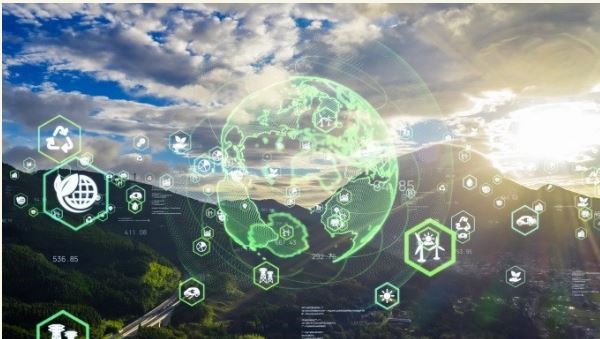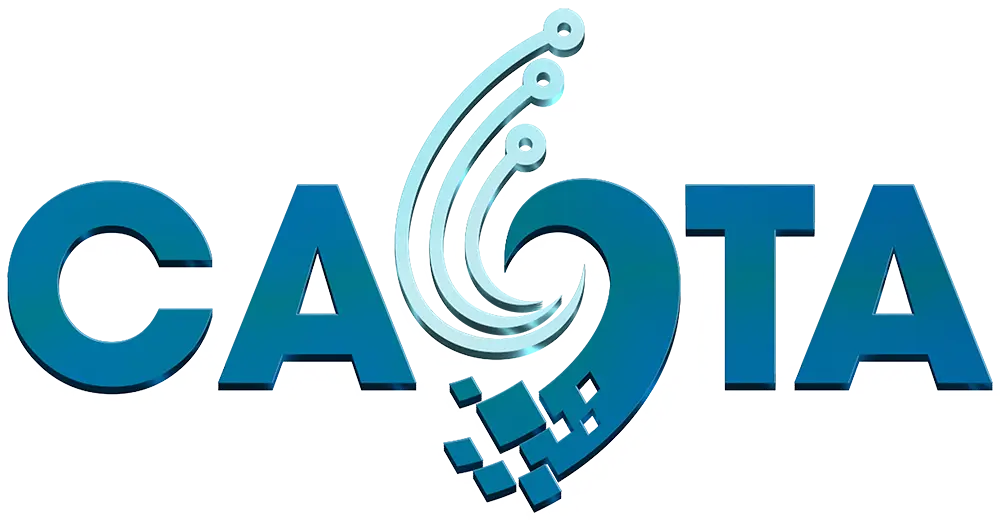In the era of Industry 4.0, digital transformation is no longer a distant concept—it has become an inevitable trend across most sectors, including environmental protection. Integrating digital technologies into the monitoring, management, and treatment of environmental issues not only saves time and costs but also creates an open, transparent data ecosystem capable of responding flexibly to emerging risks. From major cities to rural areas, digital technologies are transforming how we identify, assess, and act to safeguard natural resources and our living environment.
One of the most significant applications of digital transformation is the development of automated environmental monitoring systems. Rather than relying solely on periodic manual surveys, many provinces and cities have now deployed networks of smart sensors that continuously collect data on air and water quality, noise levels, vibrations, and more. These sensors are connected through the Internet of Things (IoT) and transmit real-time data to centralized control centers. This allows authorities to quickly identify pollution hotspots, issue early warnings, and implement timely interventions.

Complementing IoT is Artificial Intelligence (AI)—a powerful tool for efficiently processing vast volumes of environmental data. AI can detect abnormal trends, predict pollution scenarios or environmental impacts from industrial activities, and recommend optimal solutions. In solid waste management, AI is also being integrated into automated waste sorting systems, smart garbage collection coordination, and logistics optimization, reducing labor costs and enhancing processing efficiency.
Beyond management, digital technology also plays a vital role in raising public awareness and influencing behavior. Mobile apps, online portals, and digital learning platforms make it easier for citizens to access environmental policies, track pollution levels in their localities, and participate actively in community monitoring. For instance, air quality applications like AirVisual and PAM Air are widely used to help individuals adjust their daily activities accordingly. In some cities, residents can even report environmental violations through mobile apps for government follow-up and resolution.
In agriculture and industry, digital transformation is also the key to advancing green production models. With the support of sensors, big data, and AI, factories can optimize operational processes to save energy, reduce water usage, control emissions, and manage raw material inventories more effectively. High-tech farms use software to manage weather conditions, soil quality, fertilizers, and irrigation systems, minimizing environmental impacts while boosting productivity. As a result, production becomes not only economically efficient but also environmentally sustainable.
Moreover, blockchain technology is opening new pathways for transparent environmental management. Blockchain can be used to track waste generation and treatment processes, verify the origin of recycled materials, or certify carbon credits. Thanks to its immutable and transparent nature, blockchain enhances public trust in environmental reporting by businesses and supports governments in better enforcing environmental regulations.
However, for digital transformation in the environmental sector to be effective, there must be comprehensive investment in digital infrastructure, skilled human resources, and appropriate institutional frameworks. Local authorities, enterprises, and communities need technical support, training, and policy guidance to adopt technology correctly. Furthermore, seamless data integration and sharing across ministries, agencies, and regions is essential to building a smart, unified environmental management system.
Digital transformation is not merely the application of technology—it is a shift in mindset, governance models, and operational frameworks. In the environmental sector, this means moving from a reactive approach—responding only when pollution occurs—to a proactive one that emphasizes prevention, early warning, and real-time control. This forms the foundation of a green, circular, and sustainable economy, where environmental protection is no longer a burden but a driving force for innovation and green growth.
Ngày đăng: 18-06-2025

